Scar Revision
As a plastic surgeon, I hear every week, “I need surgery, but I don’t want scars.” Unfortunately, the reality is that any wound will leave a permanent scar. Modern medicine has not yet found a way to achieve “scar-less” healing, although there are methods to create acceptable results.
Many factors can affect the ultimate quality of the scar. Individuals who demonstrated poor scarring in the past and those with a family history of suboptimal scarring should be considered high risk for developing unsightly scars. Several areas on the body are more likely to scar poorly including the anterior chest and sternal area, the back and the shoulders. The eyelids face and hands tend to form better scars. Finally, the age of the scar is an important determinant in how a scar looks. In the early phases of wound healing, the normal scar may be somewhat raised, is quite pink and firm. As the tissue within the scar matures, the scar will soften, flatten and become paler to blend in with the surrounding skin. This whole process may take one to two years.
There are numerous techniques and preparations touted to decrease or limit scarring, but only a few have been scientifically shown to have any real benefit. Moisturizing lotions should be applied frequently to all scars. It is critical to avoid significant sun exposure, as this can lead to more prominent scars. There is some evidence to suggest that preparations containing silicone can enhance the appearance of scars if used early and often in the healing process. Our office uses the kelo-cote silicone preparation for our plastic surgery procedures. Pressure dressings have long been used in burn victims with good clinical results and remain an important adjunct. Finally, time itself will result in considerable improvement in most scars. If needed, steroid injections can soften and flatten very thick, hypertrophic scars and keloid scars.
Finally, if scars really need surgical revision there are a number of plastic surgery techniques I employ to achieve the best result possible. These include careful atraumatic technique, planning to place scars in less conspicuous locations, using the natural properties of skin and direction of skin laxity and aggressive post operative scar management. Regardless of the approach, the scars will again go through the natural maturation process which can take a year or more.
I would be happy to provide you with more information or answer any other questions and can be contacted by phone at 1-216-778-2245 or by email at drbramkaufman@case.edu
